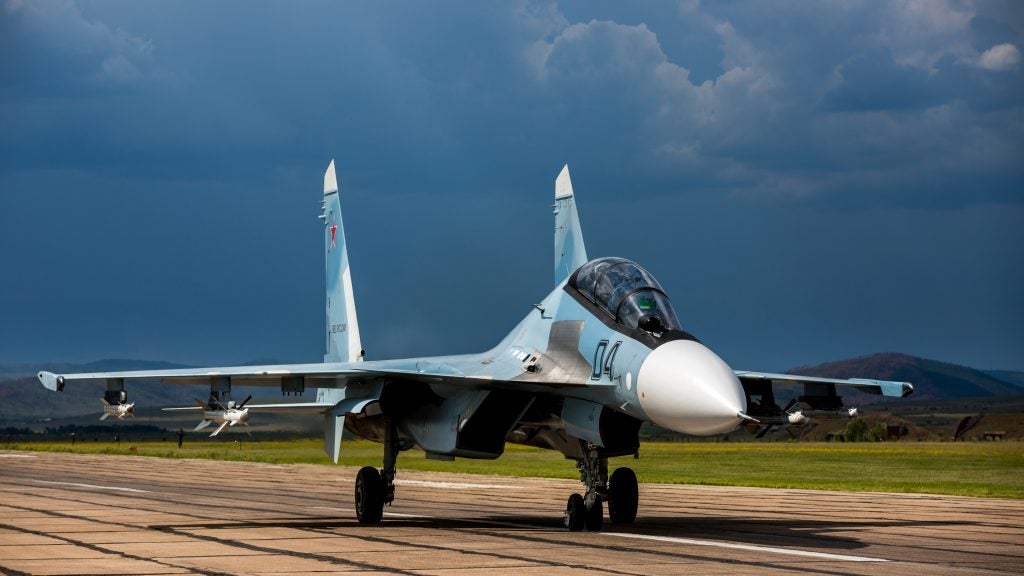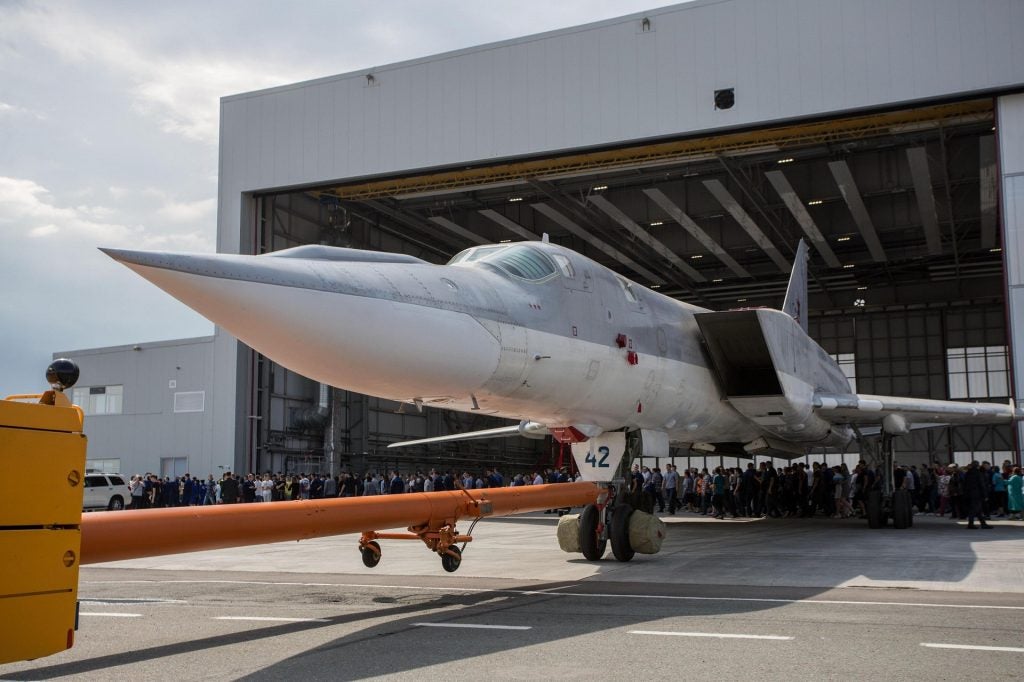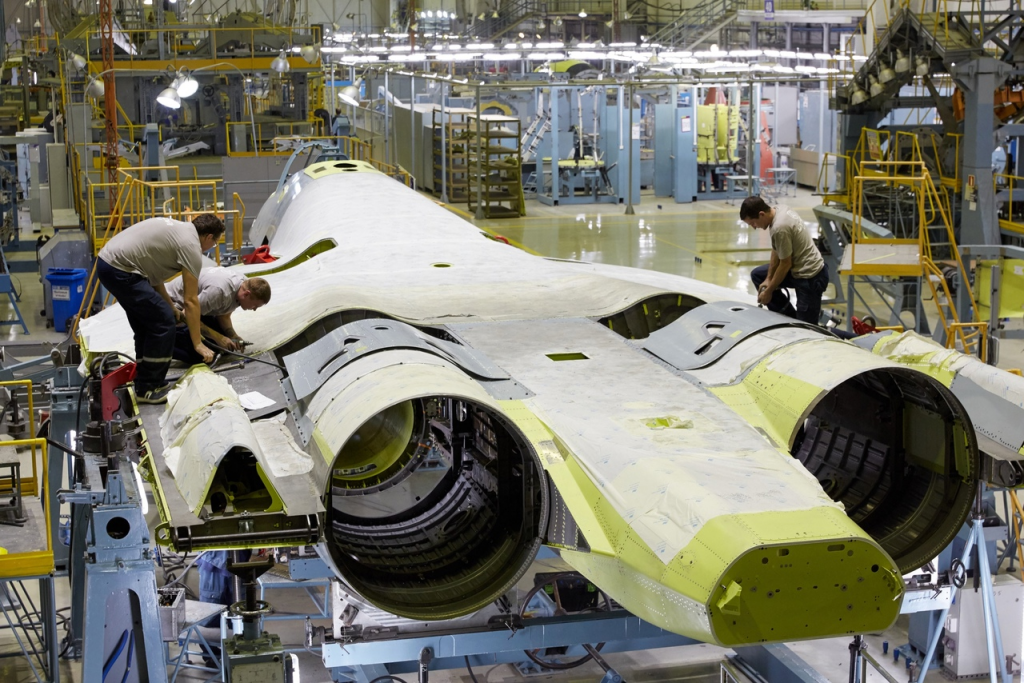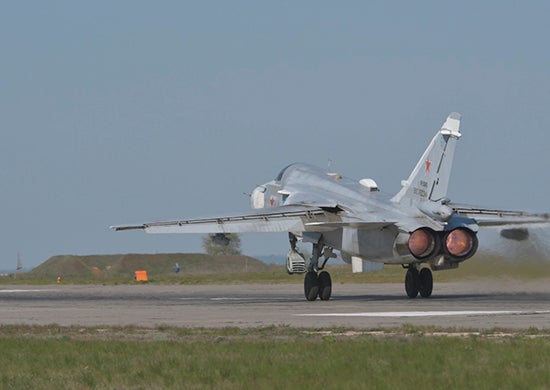Little Experience and No Aircraft Replenishment Hits Russian Air Force
The Russian Air Force is the key component for the Russian Armed Forces and their offensive doctrine. Frontline air wings have to support advancing mechanized troops with as much airpower as can be delivered. In addition, the long-range bombers such as Tu-22M3 and Tu-95 play an important role in the Russian power projection, allowing to strike insurgents in Syria. Yet, the huge fleet of post-Soviet aircraft begins to fade away as the Ministry of National Defense struggles with additional expenses in this sector. The majority of Russia’s current fleet will probably be scrapped within the next 10 years or so due to rising maintenance costs and the rising exploitation time of old airframes. Efforts to modernise are underway, with the first production Su-57 fighter being delivered in December 2020.

Another serious consideration is the operational experience of Russian pilots. The last data leak of pilots who were killed in the Saki incident, where they ejected from an Su-30SM while on the runway, shows that both of them did not exceed 20 hours of flight time this year. The cause of such a state of affairs can be explained by the lack of funds of the Russian MoD to sustain the high costs of keeping the air force operational.

In a RAND Corporation paper Russia’s Air Force – An Institution in Painful Transition, B.S. Lambeth noted a ‘multitude of pressures’, but noted Russia’s logistical concerns:
“Fuel supplies are so low that only a small percentage of line pilots remain on operational flight status, and even those can barely maintain basic levels of competence. In most fighter units, operationally meaningful air-to-ground weapon delivery and maneuvering air combat training have become a thing of the past.”
The aging fleet of post-Soviet aircraft delivers more problems than solutions to the current issues of the Russian Air Force. Many Su-24s and Su-27s have not seen any modernization or adaptation to the standards of nowadays jets. Pilots safety is often put at risk due to the unreliability of old airframes and lack of sufficient maintenance on the ground. The cannibalization of airplanes became a painful reality.

According to wdmma.org, the Russian Air Force has 78 Su-57s and 54 Su-35s on order. This is not enough to plug the holes caused by the withdrawal of outdated Su-24M2/MRs. In order to keep its current condition, the Russian Air Force would have to double the number of ordered planes and have them delivered not in a span of five but rather two years. The overhaul of the Soviet-era air force was always going to be a massive undertaking. The loss of the military aviation industry that collapsed with the fall of the Soviet Union was not compensated for making efforts more difficult. The deterioration of Russian airpower is terminal and will cause further issues for the Kremlin before the shortcomings can be adequately compensated for. Russia’s ability to meet their military aviation crisis is intrinsically linked to the country’s political situation and economic future.

